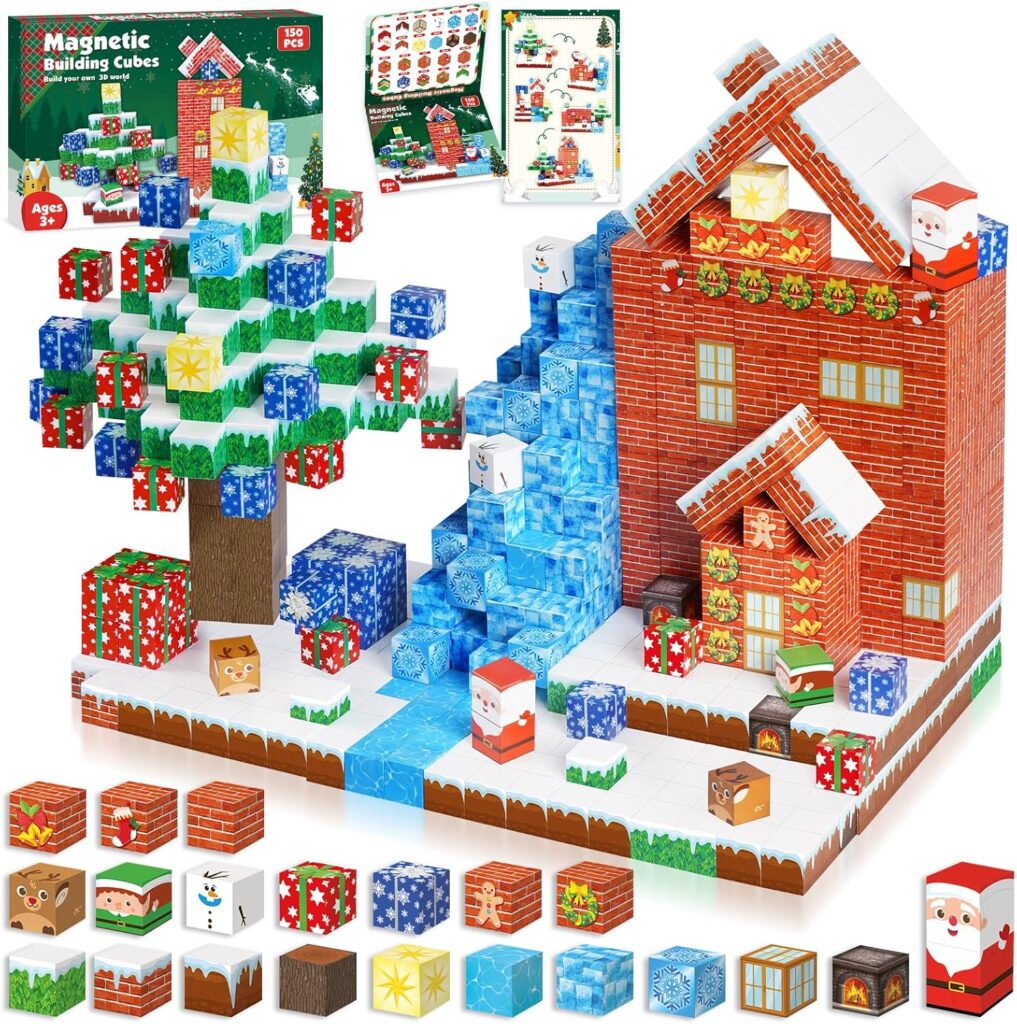When considering purchasing magnetic balls, it’s essential to understand the key factors that can affect both their functionality and safety. Magnetic ball come in various sizes, strengths, and materials, and knowing what to look for will help ensure you make an informed decision. In this article, we’ll dive into the most important details to consider before buying these versatile and intriguing items.
What Are Magnetic Ball?
Magnetic balls are small spherical objects that contain powerful magnets. These balls can be used for a variety of purposes, from stress relief and entertainment to engineering and educational applications. Their magnetic properties allow them to stick together, enabling users to create various shapes and structures.
1. Material Quality: What Are Magnetic Balls Made Of?
One of the most important factors to consider when buying magnetic balls is the material used in their construction. The most common materials for magnetic balls include:
- Neodymium (Rare Earth): Known for being extremely strong, neodymium magnets are popular for use in magnetic balls. They offer superior magnetic strength but can be fragile if dropped or mishandled.
- Stainless Steel: Often used for durability and corrosion resistance, stainless steel balls are less powerful but more durable than neodymium magnets.
- Plastic Coated: Some magnetic balls come with a plastic coating to prevent damage and provide additional grip.
Each material type has its advantages and disadvantages, so choosing the right one depends on your intended use.
2. Magnetic Strength: How Strong Should the Magnets Be?
Magnetic strength is another critical aspect to consider when buying magnetic balls. The strength of the magnets is typically measured in Gauss or Tesla, with higher values indicating a stronger magnetic force. If you need magnetic balls for construction or more advanced applications, you’ll want to choose balls with higher magnetic strength.
However, for casual play or stress relief purposes, you may not need the strongest magnets available. It’s essential to match the strength to the intended use to avoid frustration or, conversely, make sure you have enough power for your needs.
3. Size and Quantity: How Many Magnetic Ball Do You Need?
Magnetic ball come in various sizes, ranging from tiny balls that are just a few millimeters in diameter to larger ones that can be over an inch across. Smaller balls are ideal for intricate designs or for use in smaller spaces, while larger balls may be more suitable for quick assembly of shapes and structures.
Additionally, many magnetic ball sets come in bulk, with quantities ranging from 50 to several hundred. If you’re planning to create larger designs or use the balls for educational or engineering purposes, buying a larger set may be the right choice.
4. Safety Considerations: Are Magnetic Balls Safe to Use?
While magnetic balls can be a fun and educational tool, they can also pose safety risks, especially if they are accidentally ingested. Strong magnets like neodymium are incredibly powerful, and if swallowed, they can cause serious internal injuries.
When purchasing magnetic ball, always check if they are marked with safety warnings and ensure they are intended for the appropriate age group. For children, it’s crucial to buy sets that are small enough to prevent choking hazards and are made with non-toxic materials.
5. Durability and Coating: How Long Will the Balls Last?
The durability of magnetic balls is essential, particularly if you plan to use them frequently or for heavy-duty tasks. Some magnetic balls come with protective coatings to prevent scratching or chipping, which is especially important if they are made from neodymium.
Additionally, coatings like nickel or plastic can also help prevent rusting, which is especially important if you’re using the balls in humid or wet environments.
6. Intended Use: What Will You Be Using the Magnetic Ball For?
Magnetic balls have various applications, from stress relief toys to advanced design and educational tools. If you’re purchasing magnetic balls for recreational use, you may prioritize size, color, and ease of manipulation. On the other hand, if you’re using them for construction purposes or to build magnetic sculptures, you may want to focus on strength and durability.
Understanding your intended use will guide your choice of material, size, and strength.
7. Price: What is the Cost of Magnetic Balls?
Price is an essential consideration when purchasing magnetic balls. The cost can vary depending on the material, brand, and quantity. Neodymium magnets tend to be more expensive due to their strength, while stainless steel or plastic-coated magnets are often more affordable.
However, while price is an important factor, it’s crucial to balance cost with quality. Cheaper magnetic balls may be of lower quality and might not meet your performance needs or safety standards.
Conclusion: Make an Informed Decision
Buying magnetic balls can be a fun and rewarding experience, but it’s essential to consider various factors before making a purchase. Material quality, magnetic strength, safety, durability, and intended use should all play a role in your decision-making process. By taking the time to research and evaluate these factors, you’ll ensure that you choose the best magnetic balls for your needs.
So, whether you’re looking for a set to play with, an educational tool, or a functional piece for a specific task, there’s a magnetic ball set out there for you. Make sure to prioritize safety, quality, and the right specifications to get the most out of your purchase.




